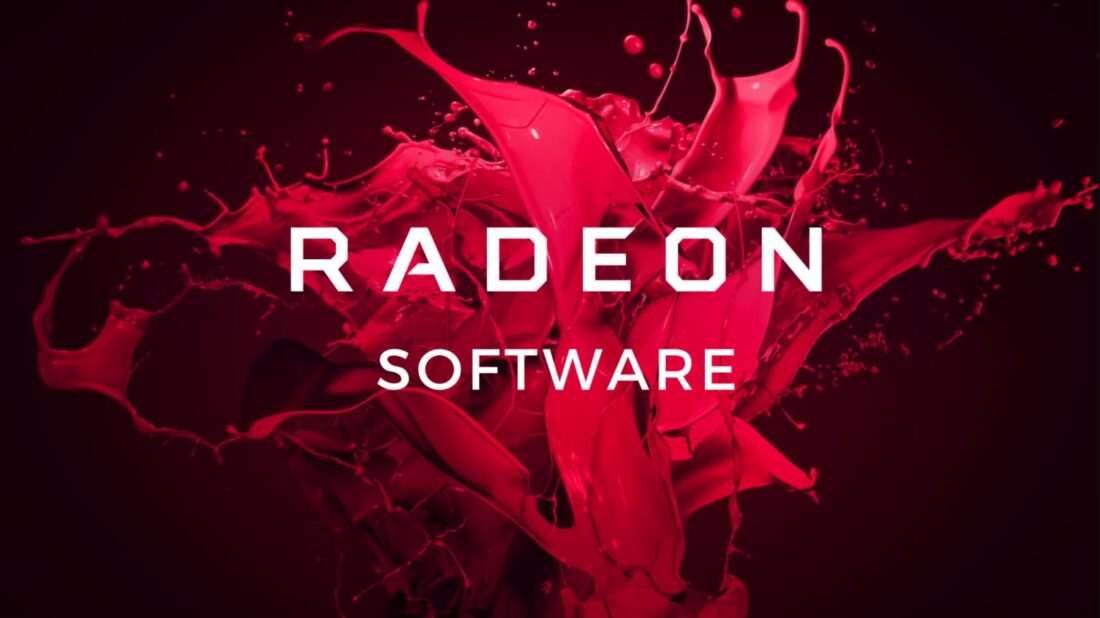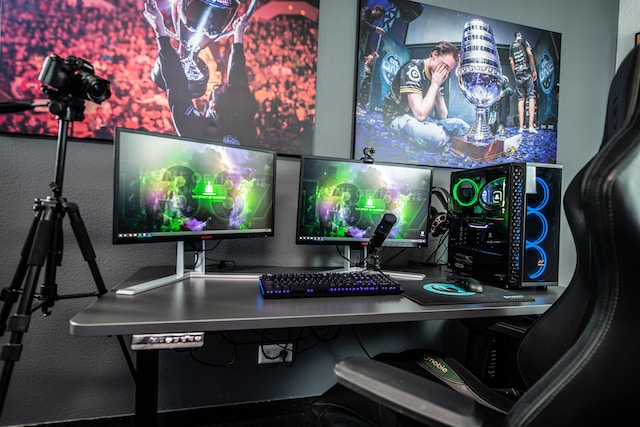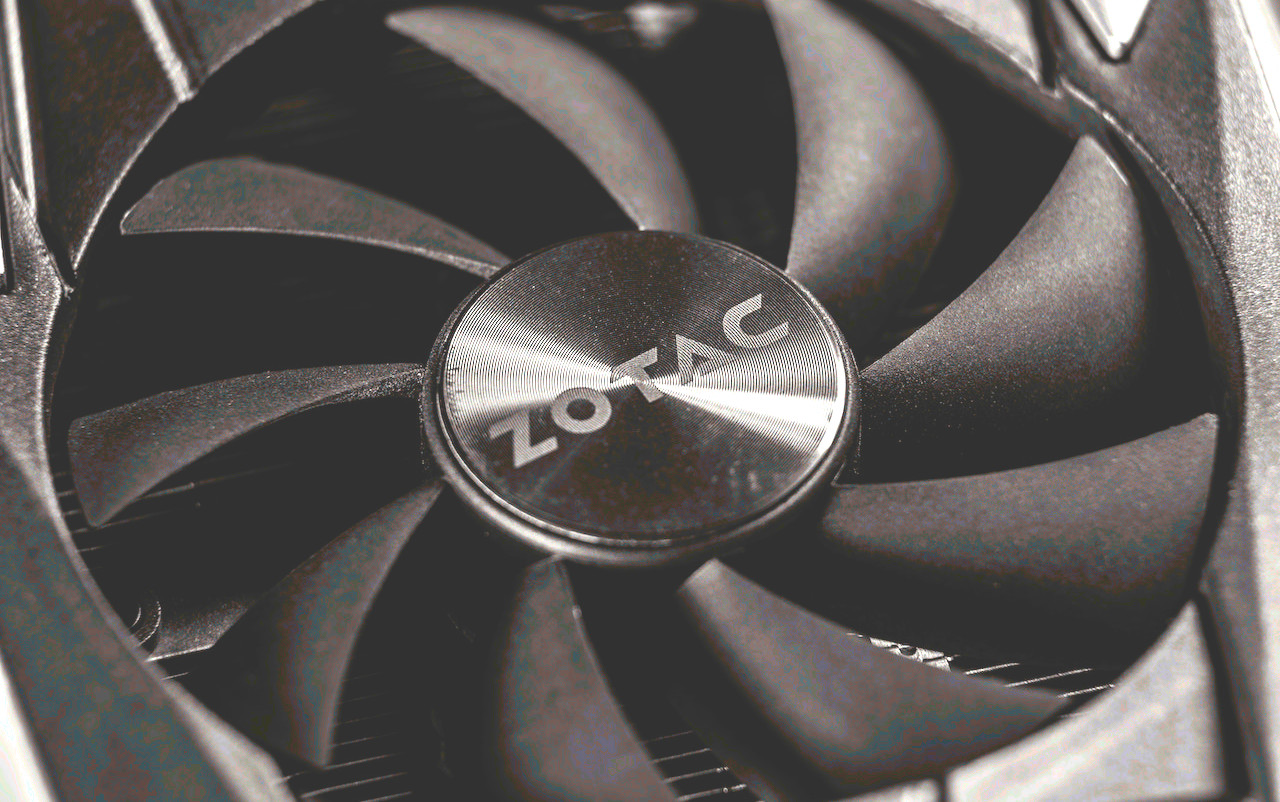
Radeon Software
Up until now, performance tuning has been one of those things that was always best left to the experts. Powerful computers for gaming with modern graphics cards and their advanced capabilities are very often intimidating for young gamers. With the latest Radeon Software Adrenalin 2020 Edition, the AMD team has removed the complexities that frightened novice gamers and added simplified controls along with automatic presets for novice gamers. Advanced tools have also been added for experts who want full control over their graphics card and use their computer to its fullest.
Performance Tuning is a revolutionary tool developed by AMD for tweaking and overclocking your system. It allows gamers to overclock GPUs and lower their power supply voltage, control the frequencies of the video card and video memory, as well as adjust the fan speed. The interface of the Radeon Software Adrenalin 2020 Edition application has been radically redesigned.
Radeon Software is introducing new performance tweaks for the Radeon RX 6800 and RX 6900 series graphics cards. By selecting a One-Click Tune Pack, you can adjust the graphics card’s power consumption for both maximum performance and power savings. Available on the Radeon RX 6800 XT and Radeon RX 6900 XT GPUs, Rage Mode allows users to use any additional GPU capabilities to maximize gaming performance.
First, let’s look at the user interface for measuring performance, where you can immediately see the most important information about the system and performance.

Metrics Overview allows users to view several different system metrics at the same time. Here you can select any metric and view more detailed information. You can also show / hide specific items to overlay performance metrics.
Details of metrics allow you to get the most detailed information after you have selected a metric from the overview column. On the right, you can see more detailed statistics for any metric.
Performance tuning is done using a fully automatic preview. Auto Preview provides the ability for novice users to access features that enable automatic performance tuning using Radeon Software. Features – Auto Undervolt GPU, Auto Overclock GPU and Auto Overclock VRAM. The availability of the above features is dependent on system hardware and some Radeon GPUs may not be available.
Autotuning Features of Radeon Software

Automatic tuning is done using an algorithm that tests the GPU. It fine-tunes overclocking to determine stable settings based on the option selected. As soon as instability in the work of the GPU is detected, the algorithm immediately reverts to the best previous settings. This is done so that the user can expect a good stable overclocking of the graphics card that suits their needs.
Undervolt GPU – Allows you to overclock your graphics card while maintaining performance. This could potentially increase performance per watt and save energy.
Overclock GPU – allows you to overclock the frequency of the graphics core. May potentially improve performance in GPU bound games.
Overclock VRAM – allows you to overclock video memory. May potentially improve performance in games with limited memory.
The settings management (manual mode) has also received a new look. Manual mode allows you to fine-tune the GPU and overclocking in more detail. After selecting a specific category that you want to customize, you can select additional options to see all the controls available for customization.

List of Radeon Software Features:
GPU Tuning lets you access voltage and frequency controls.
Fan Tuning allows you to access controls to tune the fan speed.
VRAM Tuning allows you to access controls to tune the memory frequency.
Power Tuning allows you to access controls to limit power consumption.
Get the most out of your Radeon graphics card and take full advantage of the Radeon software. Please be reminded that overclocking any AMD processor, including changing clock speed / multipliers or memory voltage, will void any applicable AMD product warranties, even if such overclocking is performed using AMD hardware and / or software. Users assume all risks and liabilities that may arise as a result of overclocking AMD processors, including hardware failure or damage, system performance degradation, data loss or corruption.





